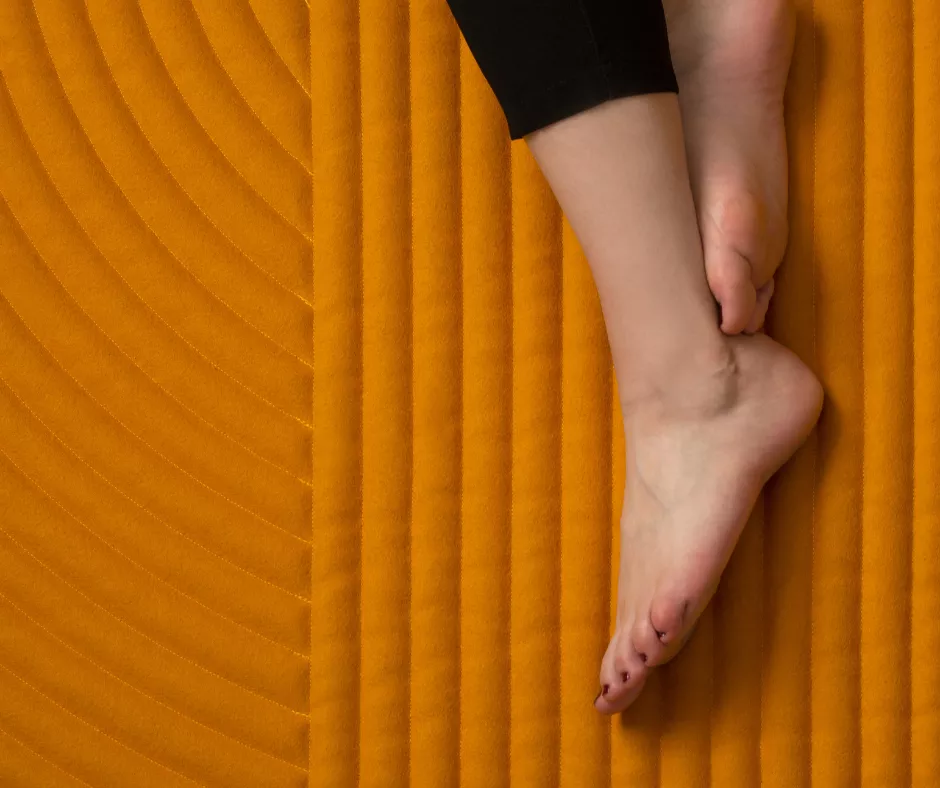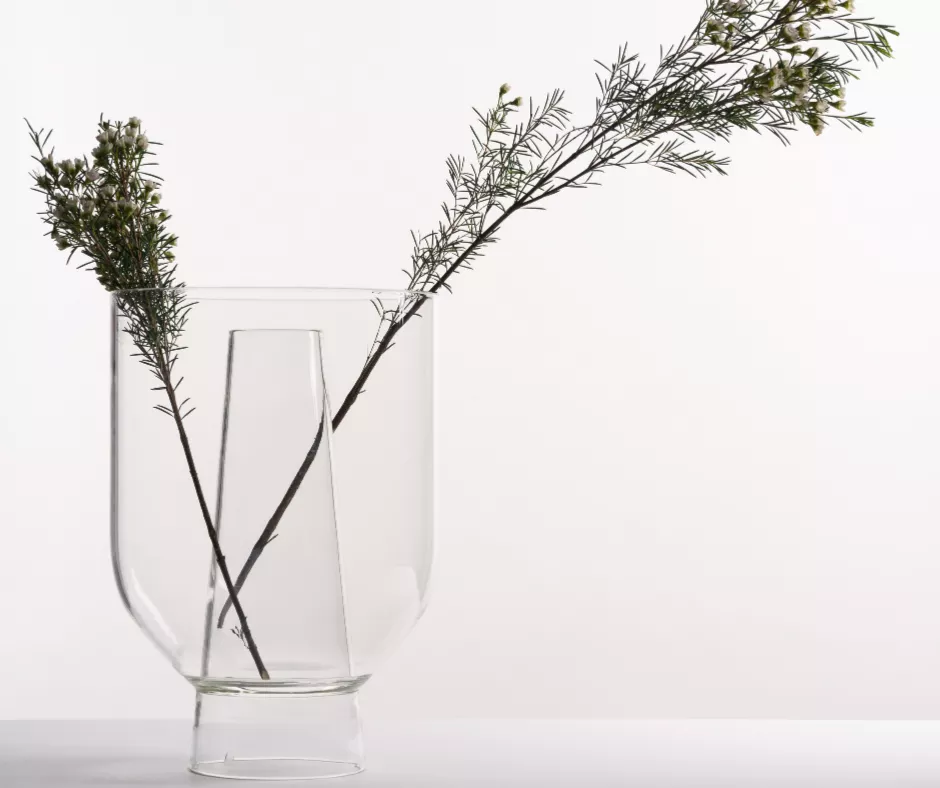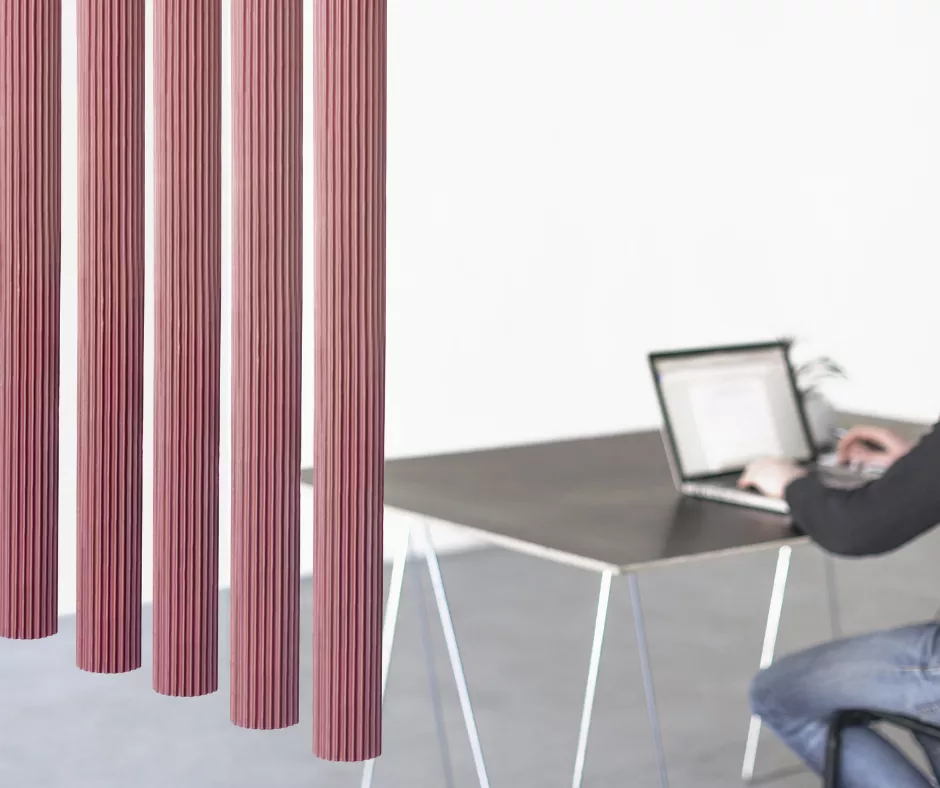Natacha Poutoux & Sacha Hourcade
Dec. 2021
Presentation
Having graduated in industrial design from École Nationale Supérieure de Création Industrielle – Les Ateliers in 2017 and 2016 respectively, Natacha Poutoux and Sacha Hourcade went on to open their design and research studio, natacha & sacha, where they reflect on ingenious solutions to new lifestyle and consumer needs: designing products for the future that reinvent production processes of the present. Prior to this, Poutoux trained with Stefan Diez in Munich then with Ronan & Erwan Bouroullec, while Hourcade worked with Klauser & Carpenter then interior designer India Mahdavi.
These experiences show through in the depth and breadth of their skills and in the diversity of the processes inherent to their designs for household appliances. They seek to “rehabilitate” these everyday objects by bringing design to places where it is often lacking, delivering a visual quality that simplifies the reading of the object by its future users.
Natacha Poutoux and Sacha Hourcade were in-residence at Ateliers de Paris in 2019 and that same year won the Grand Prix de la Création de la Ville de Paris – Emerging Talent. This success was further confirmed in 2020 when they were named Rising Talent at the Maison & Objet exhibition.
-
Natacha Poutoux
-
Sacha Hourcade
Project
[ Passerelles ] de nouveaux territoires à explorer entre savoir-faire traditionnels et nouvelles technologies ([Bridges] exploring new territories bridging traditional know-how and new technologies)
Natacha Poutoux and Sacha Hourcade used their residency to identify new, responsible and sustainable protocols when designing high-tech appliances. Inspired by the Japanese way of life, in 2018 the pair had already designed a heated mat that creates localised areas of warmth in our living spaces, heating the body rather than the surrounding air. For their new project, developed in Japan, they collected objects, met with local artisans and experimented with unconventional assembly processes drawn from Japanese cultural heritage. Their aim was to find innovative solutions that would make electronic components easier to dismantle and repair, while preserving manufacturing skills. A key aspect of this was to source natural, eco-friendly materials such as rice-based products, indigo-dyed aluminium or materials coloured by sulphurous volcanic water. The outcome would be industrial objects that highlight reinvented traditional Japanese skills.




Crédits
Portrait : ©Romain-Robine